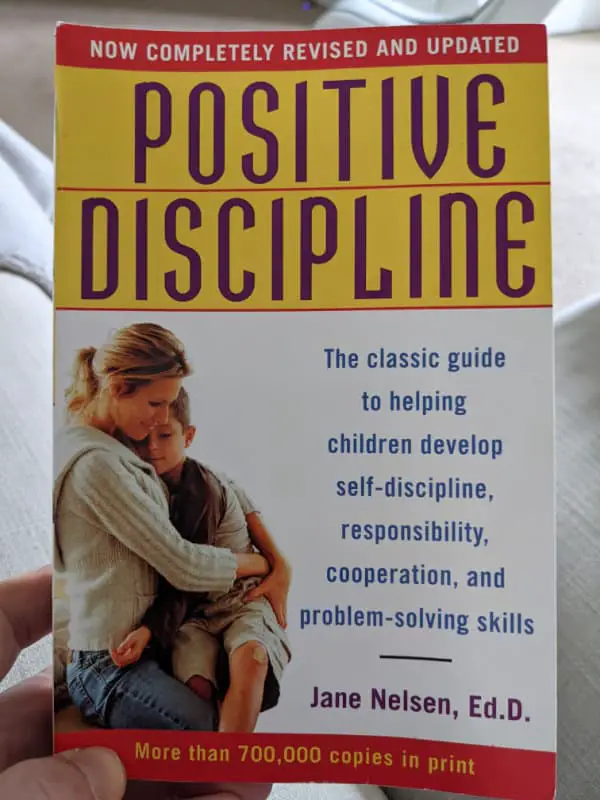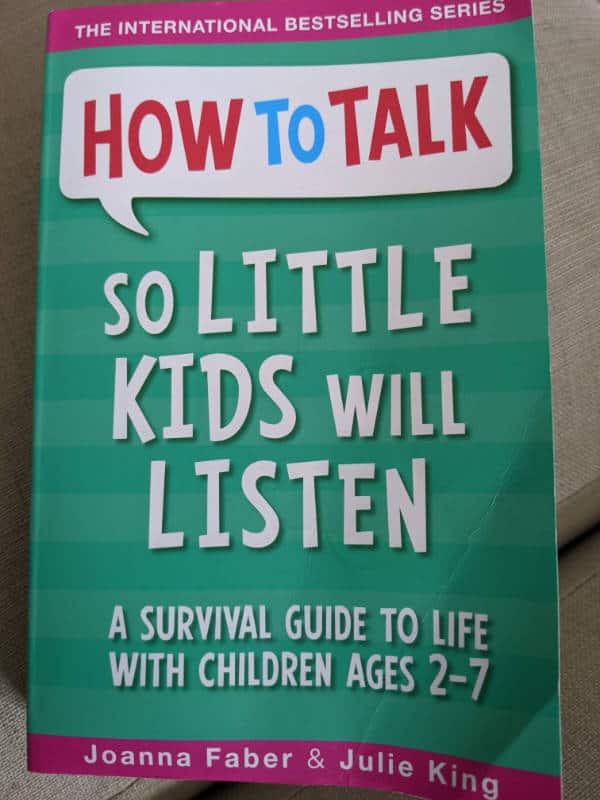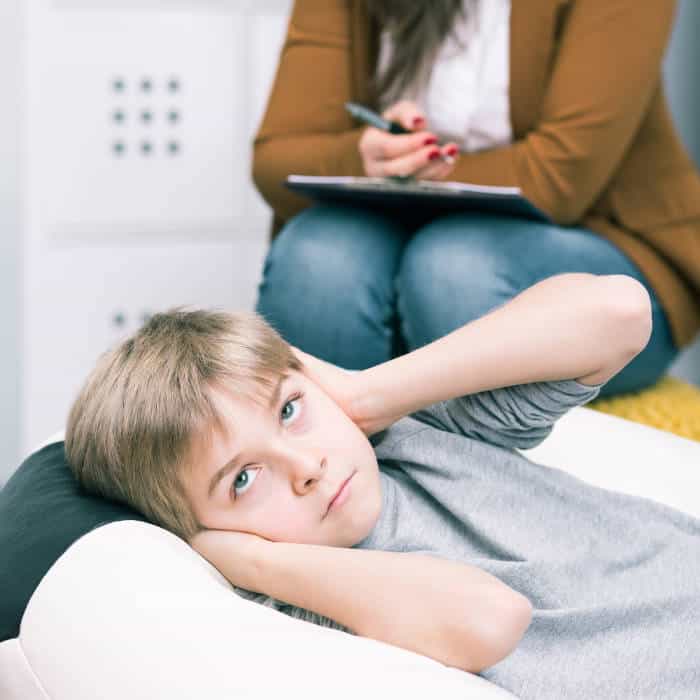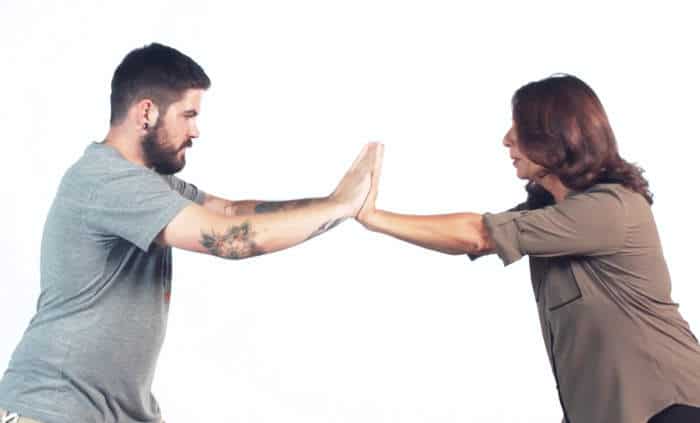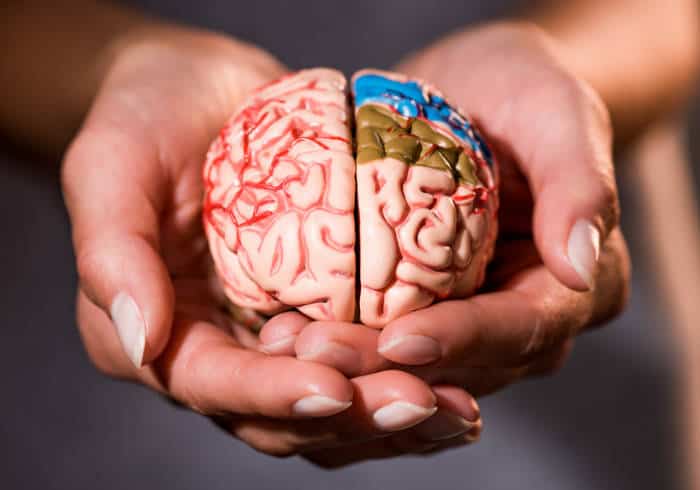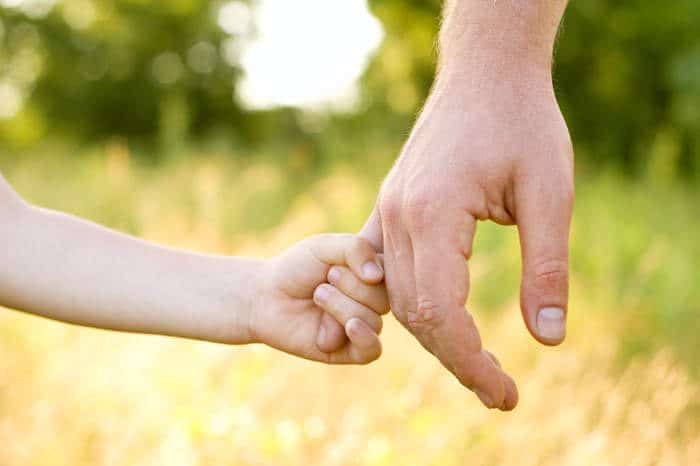Would you like to understand and help your children through their tantrums and rages? Teach them about themselves, how their brain works and how to recognise their own feelings? Maybe work on their empathy to help them in their interactions with their siblings?
Don’t know about you, but all those things sound like they’d be useful to me. That’s why I grabbed a copy of the Whole Brain Child recently and read it from cover to cover.
This is a very popular book that teaches parents, (and their children) about minds (both little and big) and how they work and most importantly strategies to work with them and help in some tricky situations.
If you’ve considered getting a copy but weren’t sure, then I’m going to explain a little about what’s inside this book and how it can help you and your family.
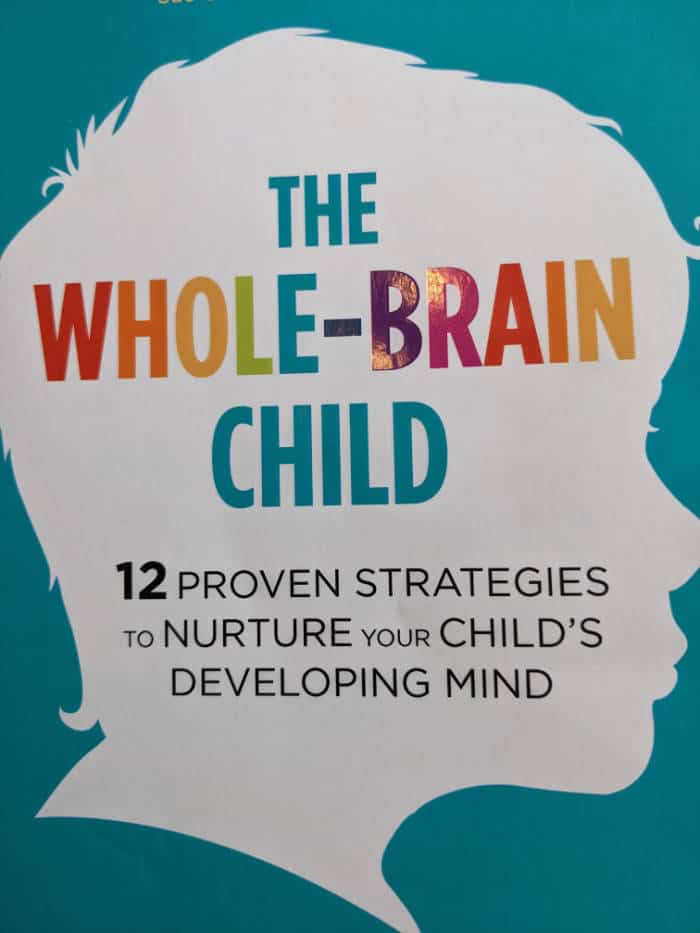
Table of Contents
What does it promise?
12 strategies to nurture your childs developing mind. Age appropriate strategies and techniques. Revised and explained with examples for children from infancy through to 12 years of age.
An explanation of how a childs mind is wired and techniques (with real life examples) of how to do things like:
- Control raging behavior
- Keep your child thinking and listening instead of just reacting
- Using physical activity to control emotions
- Teach how feelings come and go
- Help children recognise their own feelings and thoughts
- Use discord to encourage empathy in your children.
Overview
The book is made up of essentially 6 chapters dealing with the different parts of the brain, how they affect children (and adults), how to spot those effects and strategies to help deal with the situations that arise.
Each chapter starts with an easy to understand explanation of the parts of the brain and how they affect us. Then goes on to offer a few examples of when problems or issues that can arise when parenting and finishes with strategies that you can use to help your child cope with and grow from those issues.
There’s a useful ‘refrigerator sheet’ that summarizes all the strategies and chapters in the latter half of the books. Also because children differ greatly as they age, there’s a helpful ‘Ages and Stages’ chart of how to apply all 12 of the strategies to different age groups of children. From age 3 to 12.
Who’s it for?
Any parent of any child! The strategies in the book seem to be aimed at ages 3 to 12 Whilst this isn’t specifically set out anywhere, these are the ages at which the ‘ages and stages’ chart starts and stops.
Who are Dr Daniel J Siegel and Dr Tina Payne Bryson?
Dr Daniel Siegel is father of two and a graduate of Harvard Medical school and has completed postgraduate training at UCLA in pediatrics and both adult and child psychiatry. He’s been practicing for over twenty five years and is currency at clinical professor of psychiatry at the UCLA school of medicine.
Dr Tina Payne Bryson is a mother of three from LA who currently works as a child and adolescent psychotherapist in California. She has a PhD from the University of Southern California where she researched attachment science, child-rearing theory and interpersonal neurobiology.
Review
This book is full of discussions of the parts of the brain and how they are responsible for the different ways a child will learn from and react to their life experience. The concepts are based on neuroscience but the explanations aren’t too sciency. Whilst in the introductions things are explained in an adult way they are also later on explained in a way that you can teach to a child. That’s the key. This book is all about encouraging children to understand their own minds and how they work.
Neuroscience concepts are laid out in simple terms. Whilst there is mention of the amygdala and prefrontal cortex these things are simplified into terms a child (and a busy adult) can easily take in. There’s much discussion about things like the left and right brain, upstairs and downstairs brain and the “wheel of awareness”.
There are also cartoon examples of ways the understanding of these concepts should change the strategy you use then you talk to your child. Also ways of teaching certain concepts to your child. For example using your fist to demonstrate upstairs and downstairs brain tendencies and how when you ‘flip your lid’ your downstairs brain takes over completely and reason goes out of the window!
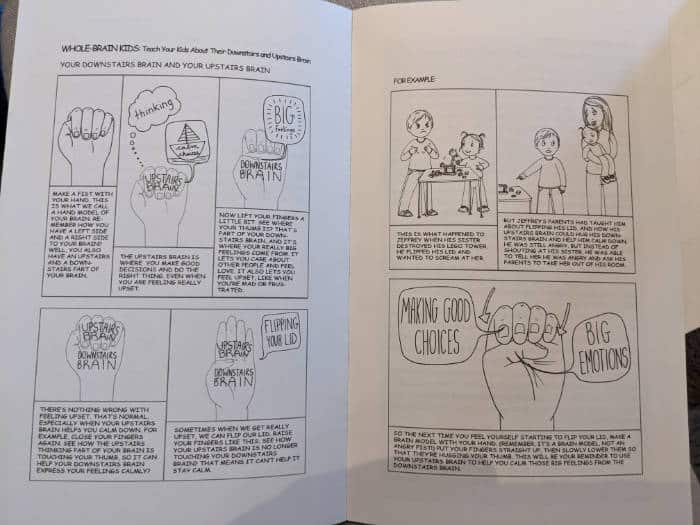
What’s nice is that for each of the 6 key chapters that discusses a different mind concept there’s also a take on how these concepts relate to YOU as well.
Major Takeaways
When kids are upset, you first need to connect emotionally, soothe, really listen, let them feel heard. Then you can reason when they’re back in control.
It’s not really distraction techniques you’re using when you get kids to talk to you when they’re upset or angry. You shouldn’t think of it like that, what you’re doing is engaging the upper part of the brain (the one that reasons) when the lower part has taken over. This helps bring them back into balance.


